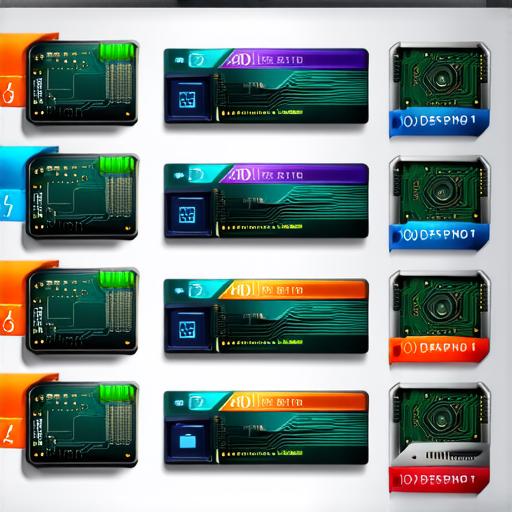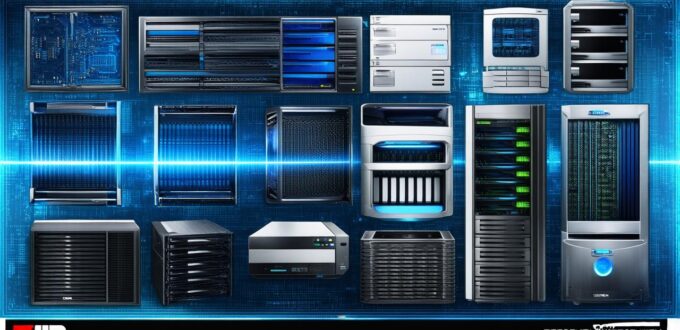As software developers, we often come across different types of computer systems in our daily work. In this article, we will explore ten various kinds of computer systems and their importance in the field of technology. We will also discuss how these systems can be optimized for better performance and efficiency.
1. Central Processing Unit (CPU)
The CPU is the brain of a computer system. It performs all the computations and logical operations required by the software running on the computer. The speed, number of cores, and clock frequency of the CPU are critical factors in determining the overall performance of a computer. A faster CPU can handle more complex tasks and run multiple applications simultaneously.
2. Random Access Memory (RAM)
RAM is a temporary storage that stores data and programs required by the CPU for quick access. The amount of RAM available on a computer determines how many programs can be running simultaneously without slowing down the system. Adequate RAM is essential for smooth performance, especially for applications that require a lot of memory, such as video editing or gaming.

3. Storage Drive
The storage drive is responsible for storing all the data and files on a computer. It can either be a traditional hard disk drive (HDD) or a newer solid-state drive (SSD). SSDs are faster than HDDs but have less storage capacity, while HDDs are slower but have more storage capacity. Choosing the right storage drive depends on the user’s needs and preferences.
4. Graphics Processing Unit (GPU)
The GPU is responsible for rendering graphics and images on a computer. It offloads some of the computational work from the CPU, allowing it to focus on other tasks. GPUs are particularly useful for applications that require complex visual effects, such as gaming or video editing.
5. Motherboard
The motherboard is the main circuit board of a computer system. It connects all the components, including the CPU, RAM, storage drive, and GPU. The quality and design of the motherboard can significantly affect the overall performance and stability of the system.
6. Power Supply Unit (PSU)
The PSU supplies power to all the components of a computer system. It converts the AC power from the wall outlet into DC power that can be used by the computer’s components. The efficiency and quality of the PSU are essential for ensuring that the computer runs smoothly without overheating or damaging its components.
7. Input/Output (I/O) Devices
I/O devices are responsible for inputting data into the computer and outputting data from the computer to the user. Examples of I/O devices include the keyboard, mouse, monitor, speakers, and printer. The quality and performance of I/O devices can significantly affect the user experience and productivity.
8. Operating System (OS)
The OS is the software that manages all the hardware components of a computer system. It provides a graphical interface for users to interact with the computer and runs all the applications and programs. Popular OSs include Windows, macOS, and Linux.
9. Application Software
Application software is designed to perform specific tasks or functions on a computer. Examples of application software include web browsers, office suites, video editors, and gaming software. The quality and performance of application software can significantly affect the user experience and productivity.
10. Network Devices
<p
